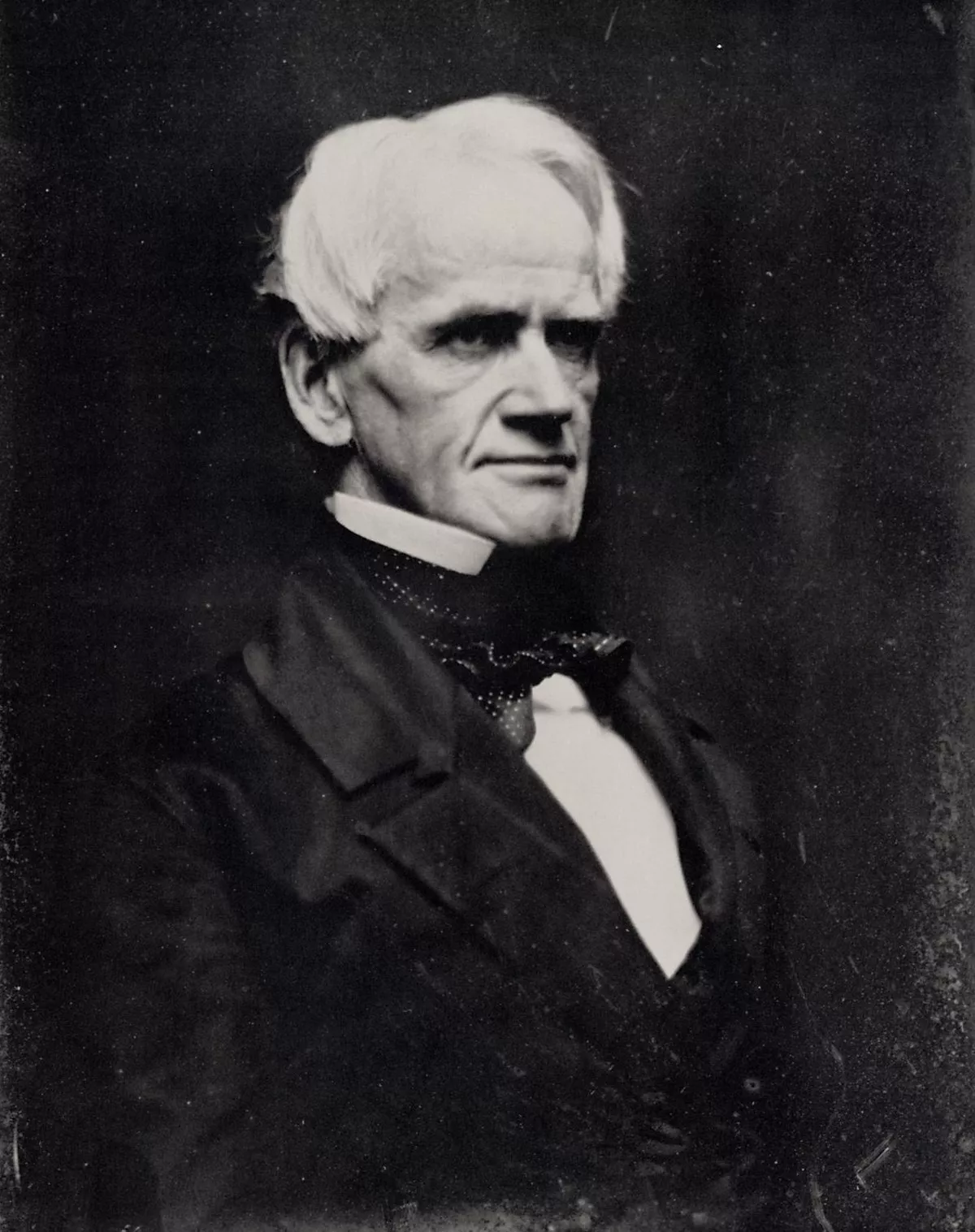 1.
1. Horace Mann was an American educational reformer, slavery abolitionist and Whig politician known for his commitment to promoting public education; although not the most prominent education reformer of his era he is often described as "The Father of American Education".